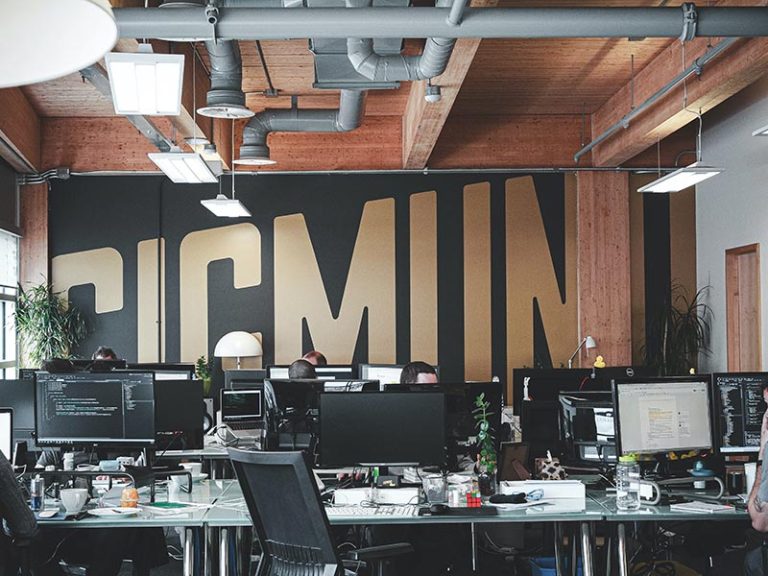Financial Costs: The Immediate Hit to Your Bottom Line
Hiring the wrong person is expensive—plain and simple. Recruitment fees, onboarding, and training costs pile up fast. According to the Society for Human Resource Management (SHRM), a bad hire can cost up to 30% of the employee’s first-year earnings. For a mid-level role with a $50,000 salary, that’s $15,000 down the drain.
And that’s just the beginning. When a bad hire doesn’t work out, you’re looking at severance pay, lost productivity during their tenure, and the expense of starting the hiring process all over again. The U.S. Department of Labor estimates that replacing an employee can cost 50-60% of their annual salary. For businesses aiming to stay lean and competitive, these numbers are a wake-up call.
Productivity Losses: The Silent Team Killer
A bad hire doesn’t just cost money—it slows your team down. Poor performers often need extra supervision, miss deadlines, or deliver subpar work, leaving colleagues to pick up the slack. A Robert Half survey found that 76% of CFOs say a bad hire negatively impacts team productivity.
This ripple effect can delay projects, frustrate high performers, and even jeopardize client relationships. In fast-paced industries, where every hour counts, the cost of lost productivity can outweigh the direct financial losses.
Pro Tip: Use skills assessments and structured interviews to ensure candidates can deliver results from day one.
Impact on Team Morale: The Hidden Emotional Toll
The wrong hire can do more than disrupt workflows—they can poison team dynamics. When someone doesn’t fit your company culture or lacks the skills to contribute, it creates tension. Existing employees may feel overburdened, undervalued, or disconnected, leading to a drop in morale.
Gallup research shows that engaged teams are 21% more productive, but a single bad hire can unravel that engagement. Over time, this can snowball into a toxic work environment, driving top talent out the door and increasing turnover rates.
Expert Insight: “Skills can be taught, but cultural fit is non-negotiable. A misaligned hire can fracture even the strongest teams.” — Laura Johnson, HR Recruitment Specialist
Long-Term Effects: Damage That Lingers
The fallout from a bad hire doesn’t end when they leave. High turnover can tarnish your company’s reputation, making it harder to attract top talent. It can also lead to knowledge gaps, stalled innovation, and lost opportunities in competitive markets.
For example, if a key project stalls due to a bad hire, you might miss a critical deadline or lose a client. These long-term effects can cost far more than the initial recruitment expenses, impacting your growth for months—or even years.
How to Avoid Hiring Mistakes: Smarter Recruitment Strategies
The good news? You can minimize the risks of hiring mistakes with the right approach. Here are actionable steps to build a stronger team:
- Leverage AI Tools: Platforms like Easyhireapp use AI to screen CVs, reduce bias, and identify top candidates faster.
- Prioritize Cultural Fit: Include team members in interviews to assess how well candidates align with your values.
- Conduct Thorough Vetting: Check references and use behavioral questions to uncover red flags.
- Invest in Onboarding: A solid onboarding process helps new hires integrate and perform at their best.
By focusing on these recruitment strategies, you can avoid the costly pitfalls of a bad hire and build a team that thrives.
Hire Smarter with Easyhireapp
Ready to stop wasting time and money on hiring mistakes? Easyhireapp’s AI-powered tools make it easy to screen CVs, ace interviews, and hire the right people—faster and fairer than ever.
Try Easyhireapp for Free Today



